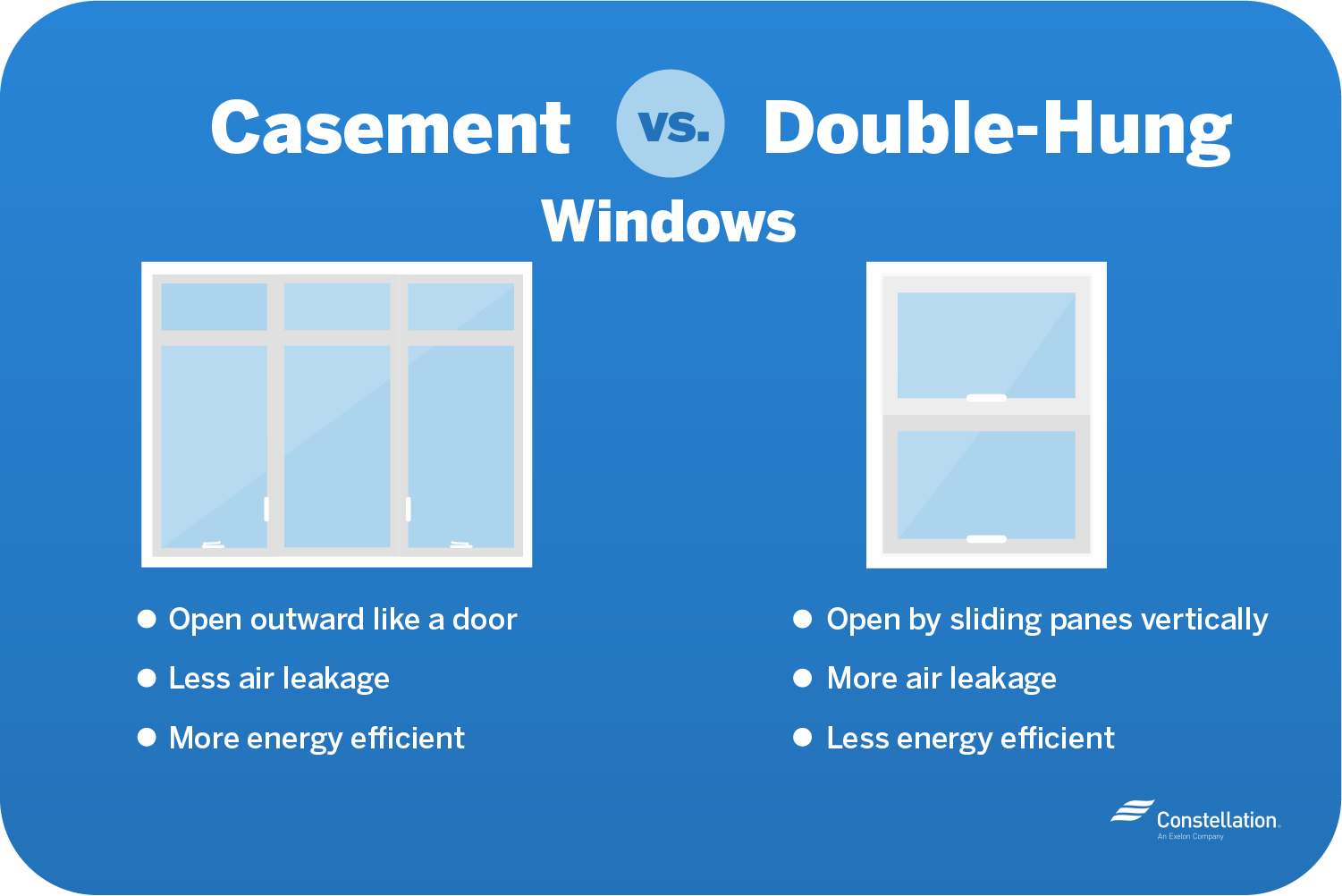
Eco-Glass Innovation: Energy-Efficient Windows
Energy-efficient windows have become a focal point in modern construction, offering numerous benefits beyond just letting light into spaces. This article explores the features, advantages, and environmental impact of energy-efficient windows, showcasing their role in creating sustainable and comfortable living environments.
The Features of Energy-Efficient Windows
Energy-efficient windows are designed with advanced features to minimize heat transfer, control light, and enhance insulation. Low-emissivity (Low-E) coatings, multiple panes of glass, and gas-filled chambers between panes are common features. These technologies work in tandem to create a barrier against external temperatures while allowing natural light to illuminate interiors.
Energy-Efficient Windows: A Link to Sustainable Living
For those interested in sustainable living, Energy-Efficient Windows serves as a valuable resource. Explore insights and recommendations on the latest trends and technologies in energy-efficient windows. Join a community committed to creating eco-friendly homes and reducing energy consumption through innovative window solutions.
Reducing Energy Consumption and Utility Costs
One of the primary benefits of energy-efficient windows is their ability to reduce energy consumption. By minimizing heat loss in winter and heat gain in summer, these windows contribute to a more stable indoor temperature. This, in turn, lowers the reliance on heating and cooling systems, leading to reduced utility costs and a smaller carbon footprint.
Improved Insulation for Comfortable Living Spaces
The enhanced insulation provided by energy-efficient windows not only conserves energy but also creates more comfortable living spaces. Drafts and cold spots near windows are minimized, ensuring a consistent and pleasant indoor environment throughout the year. Improved insulation also contributes to noise reduction, enhancing the overall comfort of a home.
UV Protection for Furnishings and Health
Energy-efficient windows often come equipped with coatings that block harmful ultraviolet (UV) rays. This UV protection has dual benefits – it helps preserve the color and integrity of furnishings, flooring, and artwork by reducing sun-induced fading. Additionally, it protects the occupants of the home from the potential health risks associated with prolonged exposure to UV radiation.
Environmental Impact: Reducing Carbon Footprint
The environmental impact of energy-efficient windows goes beyond individual homes. By reducing the need for excessive heating or cooling, these windows contribute to a significant reduction in carbon emissions. This collective effort on a larger scale helps mitigate climate change and promotes a more sustainable approach to building and living.
Smart Window Technologies for Dynamic Control
Advancements in smart window technologies add a dynamic dimension to energy efficiency. Smart windows can adjust their tint based on external conditions, allowing for optimal light and heat control. This adaptability ensures that energy-efficient windows can respond in real-time to changing weather patterns, maximizing their efficiency.
Incentives and Rebates for Energy-Efficient Upgrades
Governments and utilities often offer incentives and rebates to encourage the adoption of energy-efficient solutions, including windows. Homeowners making the switch to energy-efficient windows may qualify for financial incentives, making the initial investment more attractive. These programs contribute to a broader societal shift towards sustainable building practices.
Durability and Long-Term Cost Savings
Energy-efficient windows are crafted with durability in mind. The materials used, combined with advanced manufacturing techniques, result in windows that withstand the test of time. While the initial cost may be higher than traditional windows, the long-term cost savings in energy bills, maintenance, and potential incentives make them a wise investment.
Choosing the Right Energy-Efficient Windows for Your Home
Selecting the right energy-efficient windows involves considering factors such as climate, orientation, and budget. Different climates may benefit from specific window features. Consulting with experts and understanding the local climate conditions can help homeowners make informed choices that align with their energy efficiency goals.
Conclusion: Illuminating Sustainable Living
In conclusion, energy-efficient windows play a pivotal role in creating sustainable and comfortable living spaces. From reducing energy consumption and utility costs to providing UV protection and contributing to environmental conservation, these windows are a beacon of innovation. Embrace the eco-glass revolution and explore the world of energy-efficient windows for a brighter, more sustainable future.
